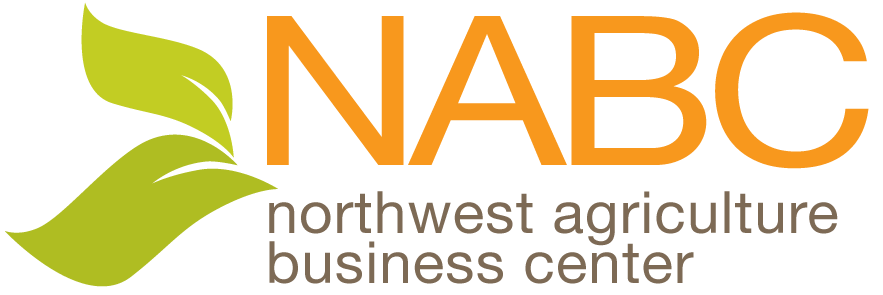U.S. Food Market Estimator
The Leopold Center for Sustainable Agriculture (Iowa State University) continues to generate innovative work (as does WSU’s CSANR program). Leopold’s Marketing and Food Systems initiative has created The U.S. Food Market Estimator which is “designed to help users determine the potential demand, by county in the United States, for more than 200 different food items. This is an expansive tool, using data collected each year by the U.S. Department of Agriculture’s Economic Research Service (ERS).”
Also from their website:
“The tool provides information for 204 food products, including various dairy and meat products, fruit, vegetables and grains. Users select how they want results to be shown: by number of servings, pounds produced, truckloads transported, even cubic feet of warehouse space needed to store a particular product. Products can be shown individually, or as groups of products at key stages of the food supply chain. Results can be adjusted to reflect a particular market share, or the unit of measure changed from pounds to other units in order to suit a variety of needs such as number of servings, truckloads per day or cubic feet of warehousing needed each week.
How does this tool work?
” The U.S. Food Market Estimator uses the USDA-ERS Food Availability Data System, an annual estimate of the amounts of 204 food items available at a per capita rate for human consumption in the United States. This tool multiplies the national per capita rate by the county 2007 Population Estimate (from the U.S. Census) to determine the potential market for each food product at the county level.”
For each of the 204 food products in the Food Availability Data System, the ERS provides pertinent information for farm production (such as farm weight, carcass weight, dairy weight, etc.), as well as amounts received by retailers and sold by retailers. The system accounts for amounts lost to spoilage, trimming, and other factors at key points in the supply chain.”
Make sure to read the documents so that you understand the assumptions behind the numbers, and what the results really mean.

